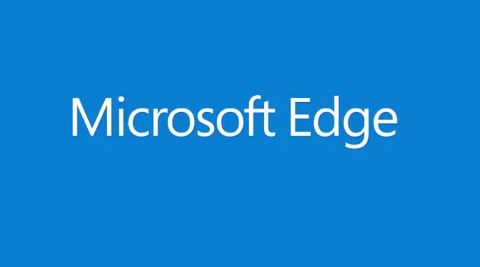
To prevent the shortcut from being created on the user’s desktop, a “master_preferences” file has to be copied to the C:\Program Files (x86)\Microsoft\Edge\Application folder, overwriting any existing master_preferences file. This behavior is not new to me, it is also seen with the Google Chrome browser. Unfortunately deleting the shortcut on the public desktop is not enough, a shortcut is also created on the user’s desktop (C:\Users\%username%\Desktop) during first logon, even though we deleted the shortcut on the public desktop. I always recommend deleting application shortcuts on the public desktop, as I prefer to control which application shortcuts appear on the user’s desktop. The Microsoft Edge browser also creates a shortcut on the public desktop (C:\Users\Public\Desktop). Set-ItemProperty -Path $RegPath -Name $RegName -Value "$CurrentValues$EdgeRegvalue " # Add the msedge.exe value to existing values in UviProcessExcludes $CurrentValues = Get-ItemProperty -Path $RegPath | Select-Object -ExpandProperty $RegName # Get current values in UviProcessExcludes I have created a small PowerShell script which will add the msedge.exe value to any existing value data: $RegPath = "HKLM:SYSTEM\CurrentControlSet\services\CtxUvi" This change requires a reboot, so you will have to apply this when installing the browser. What you need to do is to add the msedge.exe to any existing value data.

So your UviProcessExcludes value name should look like this: Two options are described in the article, I am using the option for XenApp and XenDesktop 7.9 or later. Citrix has an article on how to disable Citrix API hooks on a per-application basis. Installing the Microsoft Edge browserīefore installing the browser, be aware that you will have to prevent the Citrix API hooks from latching themselves onto the Microsoft Edge process. With this, we are now ready to install and configure the new Microsoft Edge browser. Microsoft has also created a security baseline GPO which can be found here: Remember to copy the administrative templates to your Central Store.

So, how do we get the browser up and running in a Citrix VDA? We’ll start with downloading the enterprise MSI file here:Īnd while there, we’ll also grab the administrative templates which enables us to configure around 200 different settings in the browser.


 0 kommentar(er)
0 kommentar(er)
